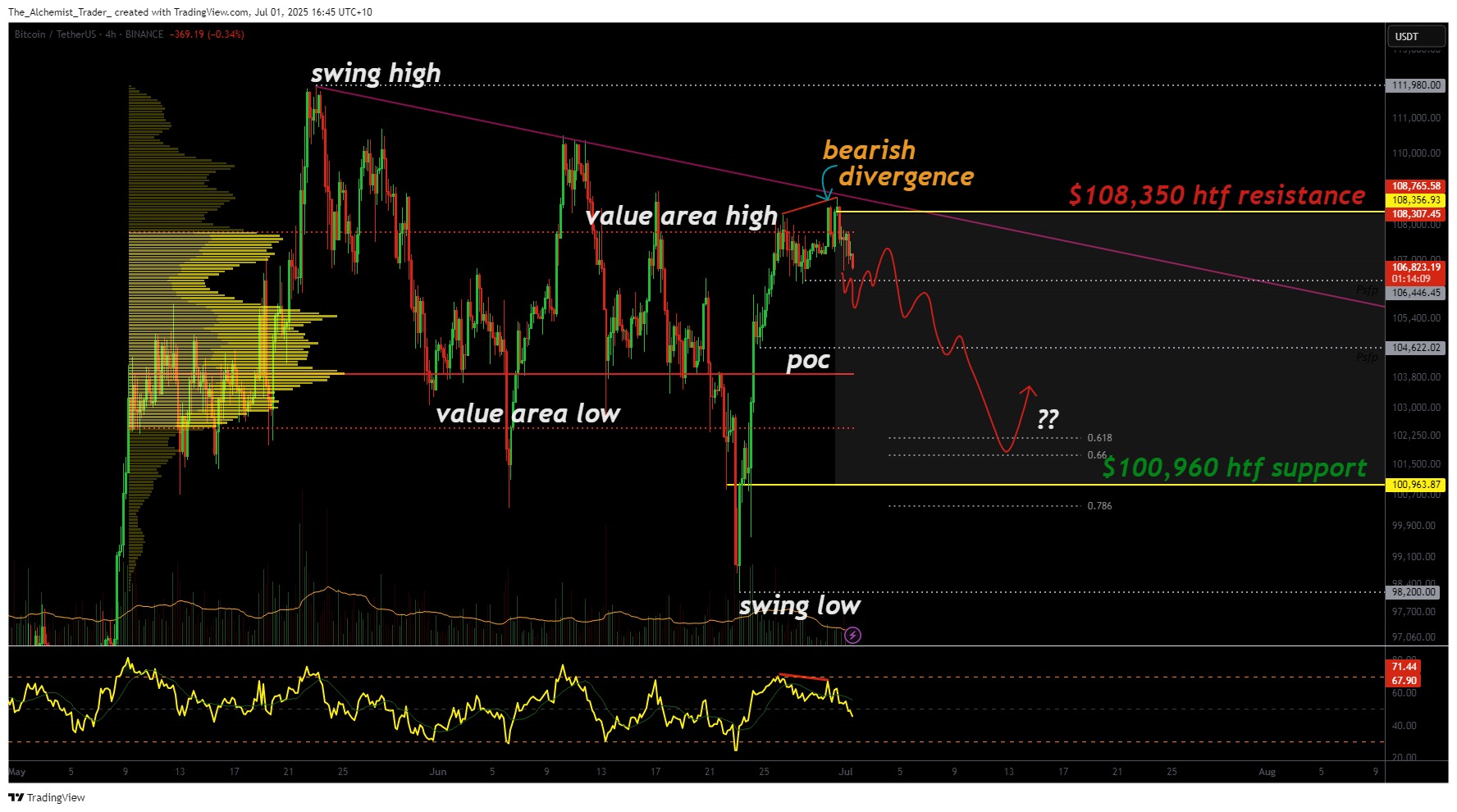Bitcoin at $116K: What Traders Should Watch Next
Bitcoin’s latest surge past $116,000 has traders buzzing, but the data tells a different story. According to Bitwise’s latest analysis, 8 out of 10 key bull indicators have flipped bearish, raising doubts about how long this rally can last. While the headline price sparks excitement, the underlying signals — from momentum to liquidity flows — suggest caution may be the smarter move. For investors riding the rally, this mix of bullish price action and bearish fundamentals is confusing. So what does it really mean for short-term traders and long-term holders? Let’s break it down.
Indicator Breakdown: Bull vs. Bear Signals
- Bearish Signals (8 out of 10)
- Momentum cooling → RSI and MACD show slowing strength despite higher price.
- Volume divergence → rally on lower spot volumes, often a warning sign.
- Whale net flows → large holders moving BTC onto exchanges, hinting at selling pressure.
- Funding rates → spiking, suggesting over-leveraged long positions.
- Futures premium → cooling off, showing less confidence in sustained upside.
- Dormant BTC moving → long-term wallets sending coins to exchanges.
- ETF inflows slowing → weaker institutional demand week-over-week.
- On-chain activity → fewer active addresses relative to price highs.

BTC/USDT (4H) Chart | Source: TradingView
- Still Bullish (2 out of 10)
- Macro adoption trend → ETF approvals and sovereign interest remain supportive.
- Long-term holder conviction → majority of supply still held off exchanges.
Trader Perspective: What This Means Right Now
When you see price pumping while most signals flash red, it usually feels like déjà vu — I’ve been through these setups many times. A move past $116K looks impressive on the chart, but here’s the catch: rallies built on thin volume and over-leveraged longs tend to unwind fast. That doesn’t mean shorting blindly, but it does mean tightening stops and watching liquidations.
If you’re a short-term trader, focus on exchange inflows and funding rates — if whales keep sending BTC to spot markets, pressure builds. For long-term holders, this isn’t panic territory; dips in overheated runs often create better entry zones. The key is separating the hype of a headline number from the reality of market structure.
Key Takeaways for Traders
- Price ≠ Trend → A jump to $116K doesn’t confirm a sustained bull run.
- Signals matter → With 8 of 10 bull indicators bearish, risk is higher than headlines suggest.
- Short-term strategy → Manage leverage carefully, watch funding rates, and track whale exchange inflows.
- Long-term view → Weak rallies often create better entry points for patient holders.
- Bottom line → Don’t chase green candles blindly; focus on the data behind the move.
Related: Bitcoin’s Path to $1M Could Be “Slow and Boring,” Analyst Warns
FAQs
Why are most Bitcoin bull indicators turning bearish despite the price reaching $116K?
Most indicators are lagging measures of market sentiment. While the price has climbed, metrics like funding rates, RSI, and order book liquidity suggest the rally may be losing momentum.
Does a bearish signal mean Bitcoin will definitely fall?
Not necessarily. Bearish indicators highlight caution, but they don’t guarantee a crash. Traders often use them to adjust risk management, not to panic-sell.
How should retail traders respond to mixed bull and bear signals?
Retail traders should avoid over-leverage, monitor key support levels, and use stop-loss strategies. Staying informed across multiple indicators prevents acting on a single false signal.
What levels should traders watch if bearish pressure increases?
Analysts suggest support zones near $108K and $100K. A breakdown below these levels could trigger sharper sell-offs, while holding them might restore bullish momentum.
Do long-term investors need to worry about short-term bearish indicators?
Long-term holders usually ride out volatility. Bearish indicators mainly affect short-term traders, while long-term investors often focus on fundamentals like adoption and network growth.
Disclaimer: The content on this website is for informational purposes only and does not constitute financial or investment advice. We do not endorse any project or product. Readers should conduct their own research and assume full responsibility for their decisions. We are not liable for any loss or damage arising from reliance on the information provided. Crypto investments carry risks.
